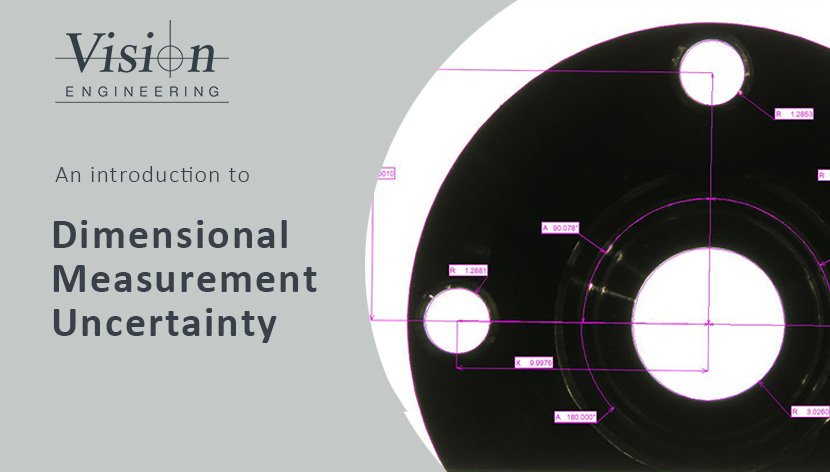
Understanding dimensional measurement uncertainty allows quality control managers to create an efficient measurement routine with a high level of confidence in product compliance.
Want to learn more? Join us for:
‘An Introduction to Dimensional Measurement Uncertainty’
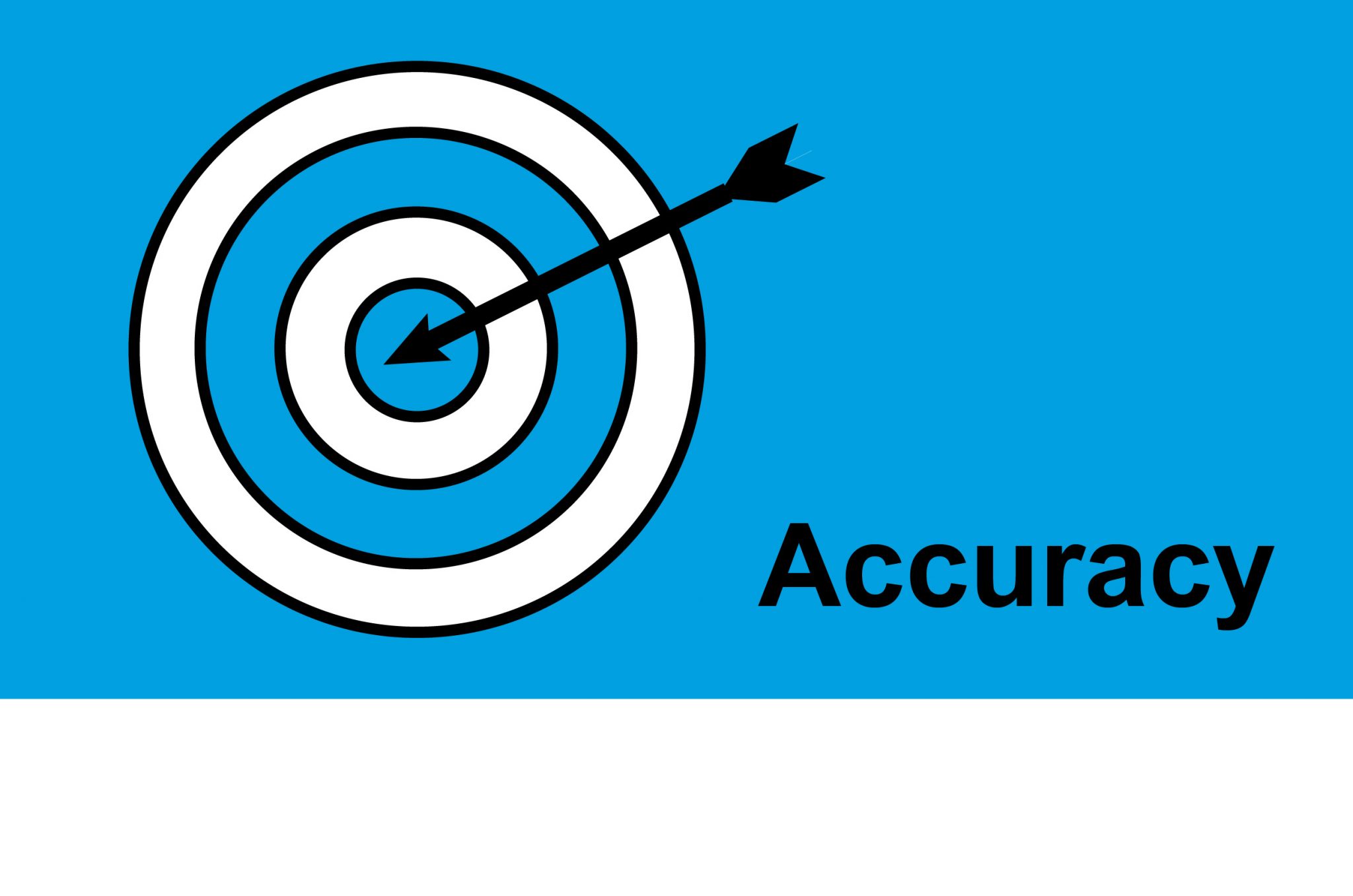
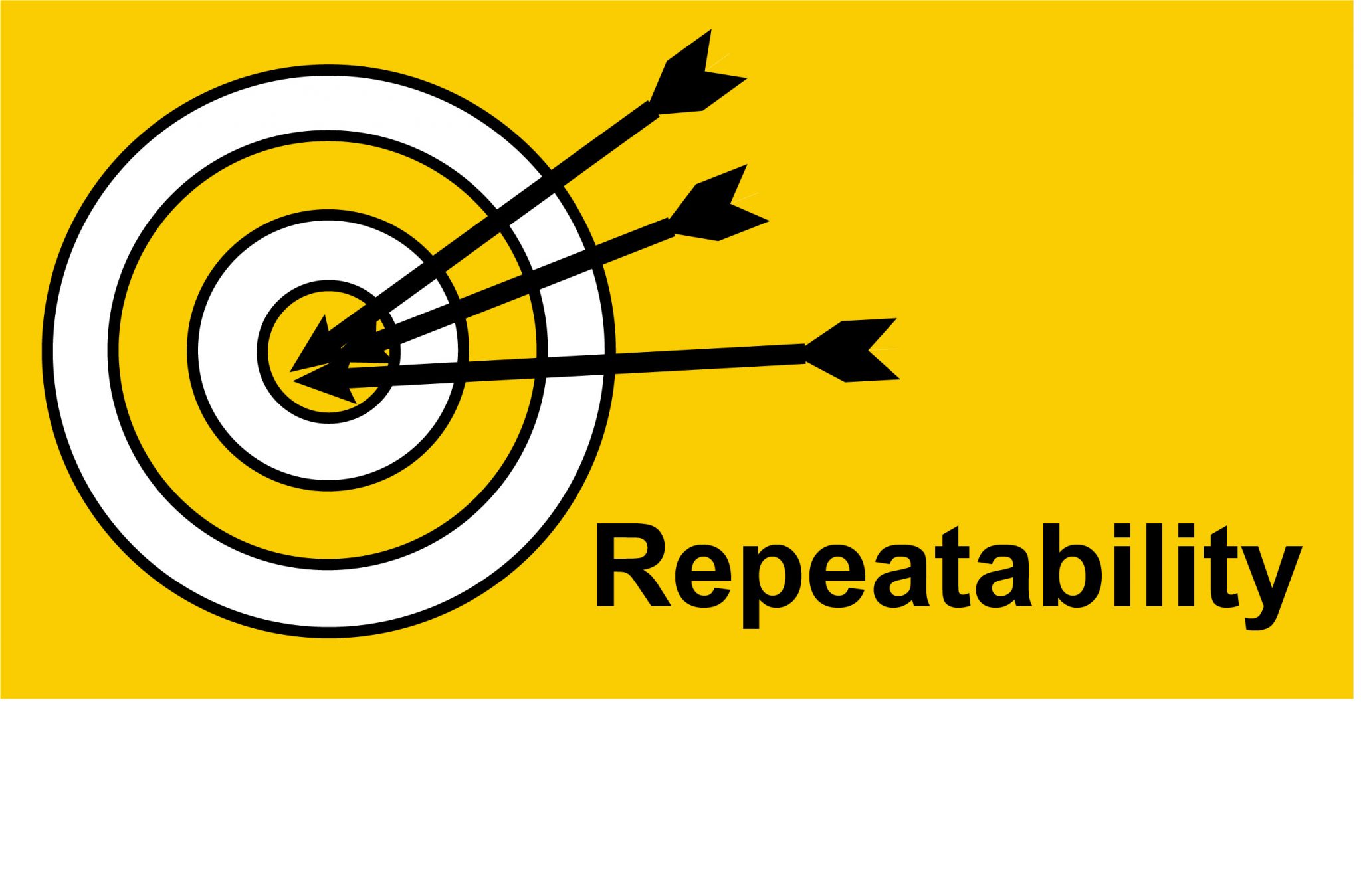
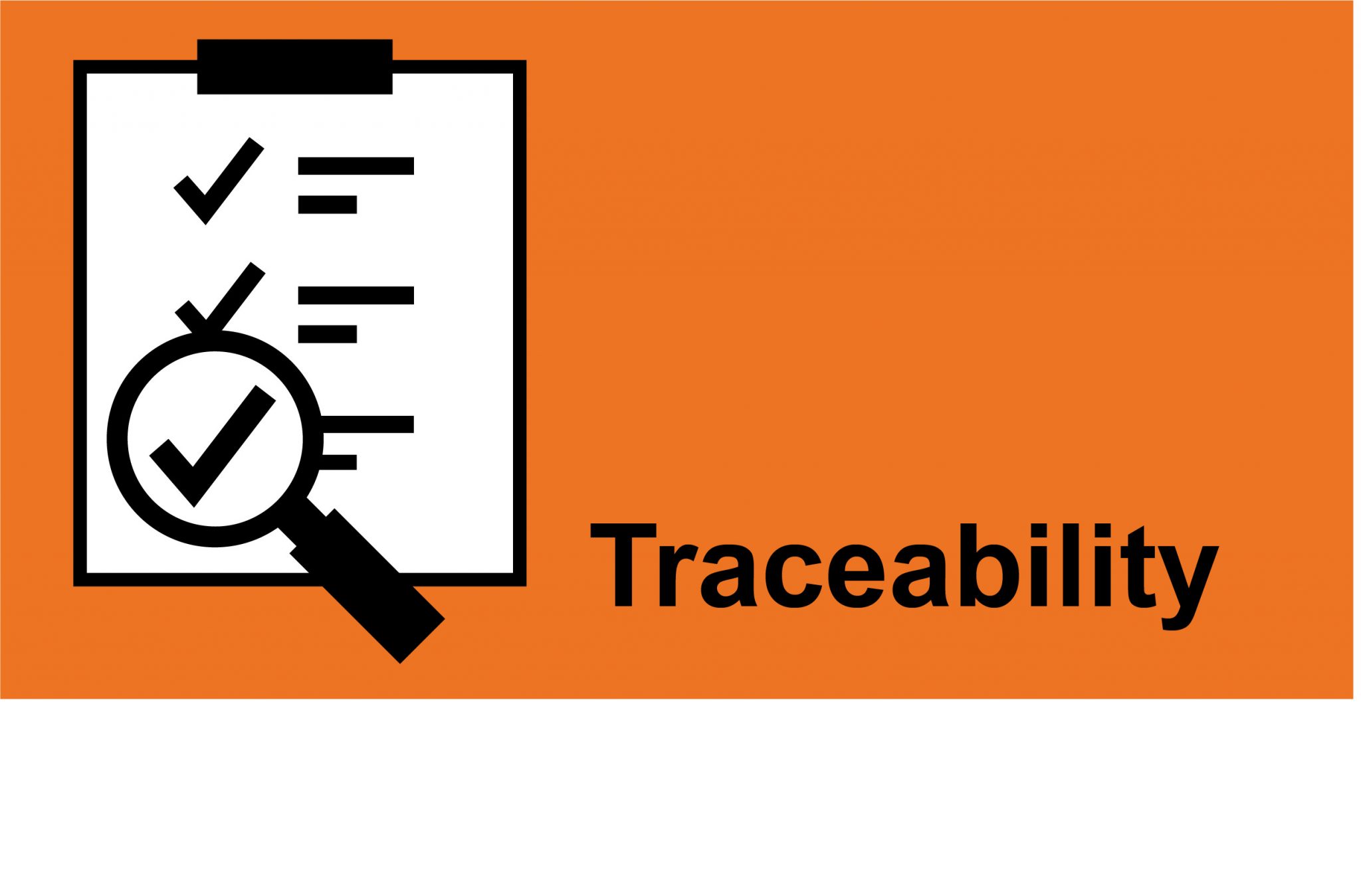
This 2-part series explains:
- The basics of dimensional measurement uncertainty
- How the concept relates to true measurement through traceability
- How to calculate Type A and Type B uncertainties
- How to calculate combined and expanded uncertainties
If you’d like to improve your quality processes through traceability of measurements to national and international standards sign up here
